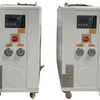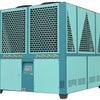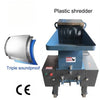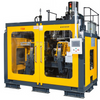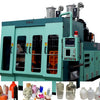Technological Innovation and Market Development of Hollow Blow Molding Machines in the Plastic Industry
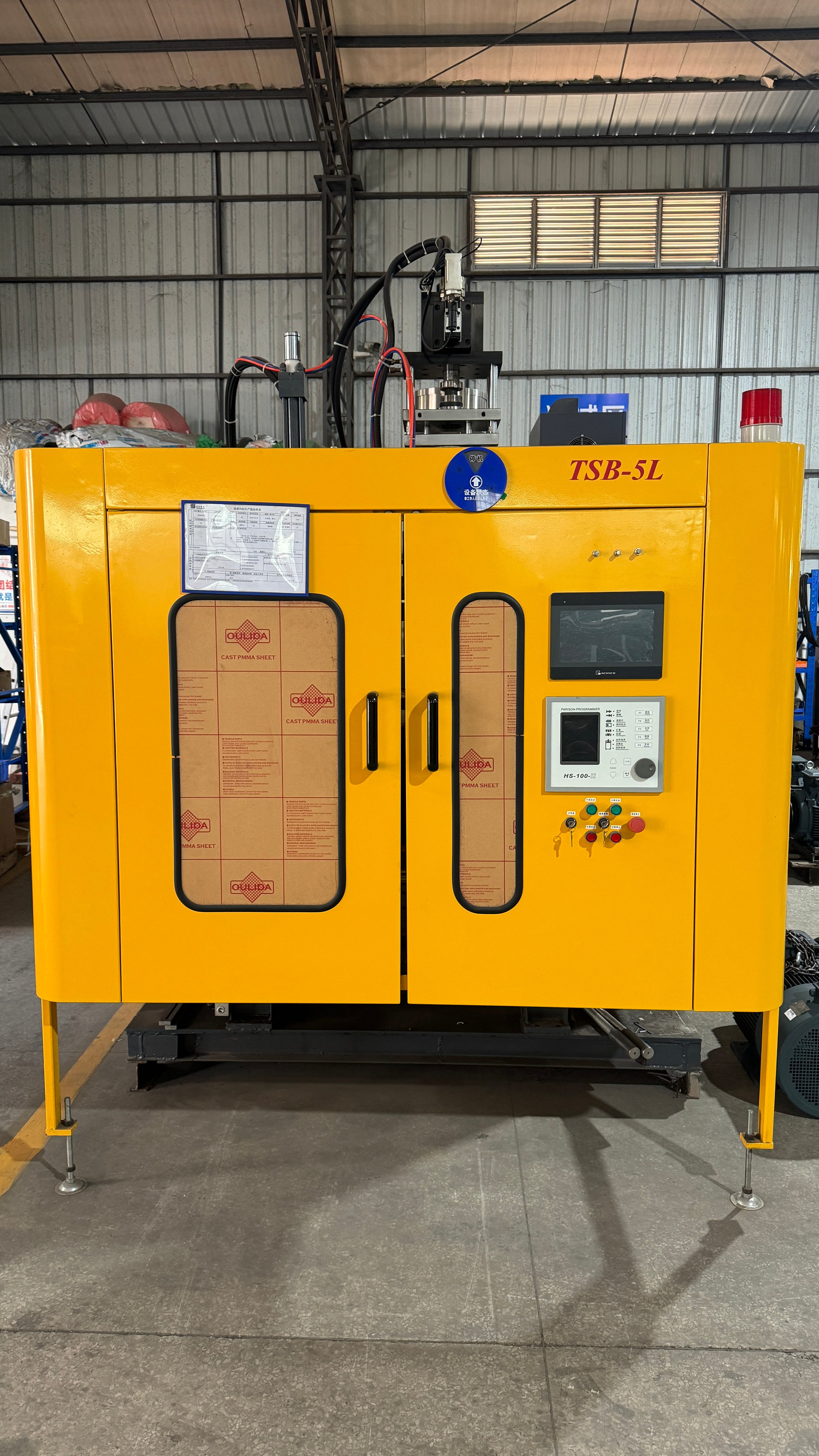
1. Introduction
Blow molding technology has evolved significantly since its inception in the 1950s, becoming a cornerstone of modern plastic processing. With the rise of sustainable development goals and Industry 4.0, the industry faces dual pressures to innovate technologically and comply with stringent environmental regulations. This paper examines the state-of-the-art technologies, market dynamics, and policy frameworks shaping the blow molding machine sector, with a focus on China's role in global supply chains.
2. Principles and Evolution of Blow Molding Technology
2.1 Basic Working Process
Blow molding involves three key stages:
- Melting and Extrusion: Plastic pellets (e.g., HDPE, PET) are melted and extruded into a parison (hollow tube).
- Molding: The parison is clamped in a mold, and compressed air inflates it to match the mold shape.
- Cooling and Ejection: The molded part is cooled and ejected (资料3, 资料6).
2.2 Historical Development
- 1950s–1970s: Early adoption for low-density polyethylene (LDPE) bottles.
- 1980s–2000s: Introduction of high-density polyethylene (HDPE) and multi-layer co-extrusion.
- 2010s–Present: Smart manufacturing via IoT, AI, and energy-efficient systems (资料3, 资料4).
3. Technological Advancements
3.1 Intelligent Control Systems
- Servo Motors and Precision: Servo-driven systems (e.g., Parker 590+ DC drives) enable precise control of extrusion speed and mold clamping, reducing material waste by up to 15% (资料7).
- Closed-Loop Feedback: Real-time monitoring of parameters like wall thickness via sensors (e.g., AgrPETWallplus) ensures product consistency (资料3).
3.2 Energy Efficiency and Sustainability
- Electrically Driven Machines: Energy savings of 20–30% compared to hydraulic systems (资料4).
- Thermal Cycling Optimization: Rapid heating/cooling systems reduce cycle time and energy consumption (资料4).
3.3 3D Printing and Multi-Material Integration
- Customization: Additive manufacturing allows complex geometries for niche applications (e.g., medical devices).
- Biodegradable Materials: Adoption of PLA and PHA to meet EU Green Deal regulations (资料5).
4. Market Trends and Industry Analysis
4.1 Global Market Growth
- Size and Forecast: The global blow molding machine market reached 27.04 billion by 2031 (资料5).
- Regional Dynamics: Asia-Pacific dominates with 50% market share, driven by China (35%) and India (资料11).
4.2 Chinese Industry Insights
- Production Capacity: China produced 135,000 units in 2025, with a 90% capacity utilization rate (资料11).
- Export Growth: Key markets include Southeast Asia, Africa, and Latin America (资料9).
4.3 Competitive Landscape
- Leading Players: Jiangsu Sanhuan Group, Zhejiang Wanfeng Technology, and Guangdong Keda Machinery (资料11).
- Strategies: Focus on R&D (e.g., intelligent control systems) and mergers to enhance scale (资料2).
5. Policy and Environmental Drivers
5.1 Regulatory Frameworks
- China’s "14th Five-Year Plan": Promotes green manufacturing and circular economy practices (资料5, 资料11).
- EU Green Deal: Encourages adoption of recyclable materials and energy-efficient equipment (资料5).
5.2 Carbon Neutrality Initiatives
- Zero-Carbon Production: Modular "cold stations" and solar-powered blow molding lines (资料5).
- Waste Reduction: Closed-loop recycling systems for PET bottles (资料6).
6. Challenges and Strategic Recommendations
6.1 Key Challenges
- Technical Barriers: High costs of smart technologies (e.g., AI-driven systems).
- Market Saturation: Intense competition among SMEs in China (资料1).
6.2 Strategic Solutions
- Collaborative Innovation: Partnerships between manufacturers and research institutions (e.g., SCUT’s polymer processing lab) (资料4).
- Policy Support: Tax incentives for green technology adoption (资料11).
- Global Expansion: Target emerging markets in Africa and South America (资料5).
7. Future Outlook
The blow molding industry will prioritize:
- Digital Twins: Virtual simulations for process optimization (资料10).
- AI-Powered Predictive Maintenance: Reducing downtime via machine learning (资料8).
- Circular Economy Models: Biodegradable materials and remanufacturing (资料5)

